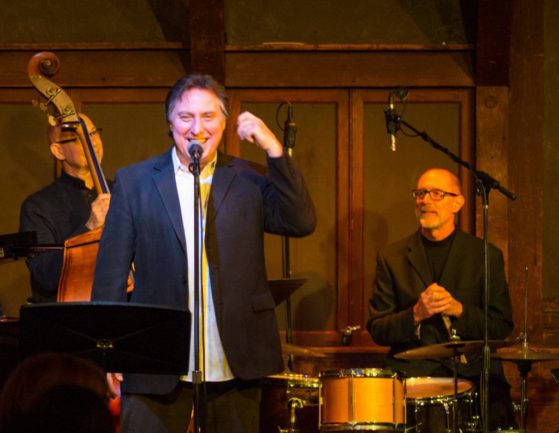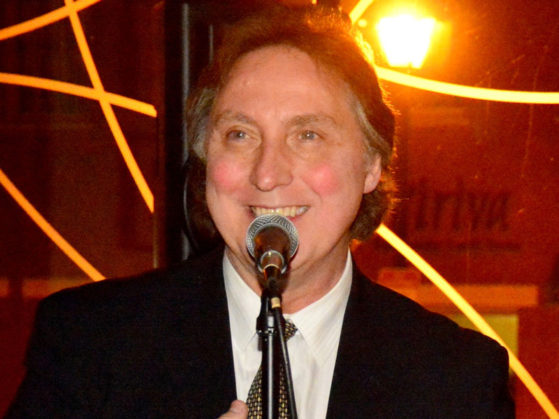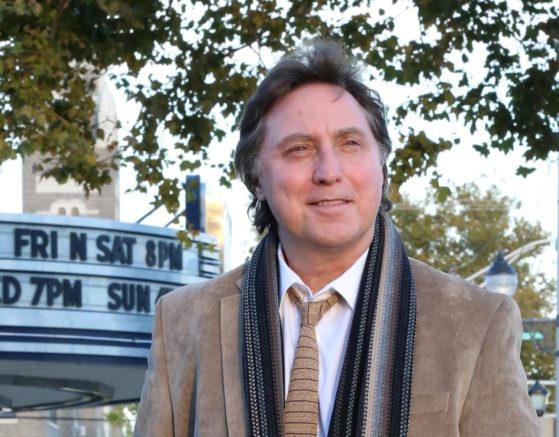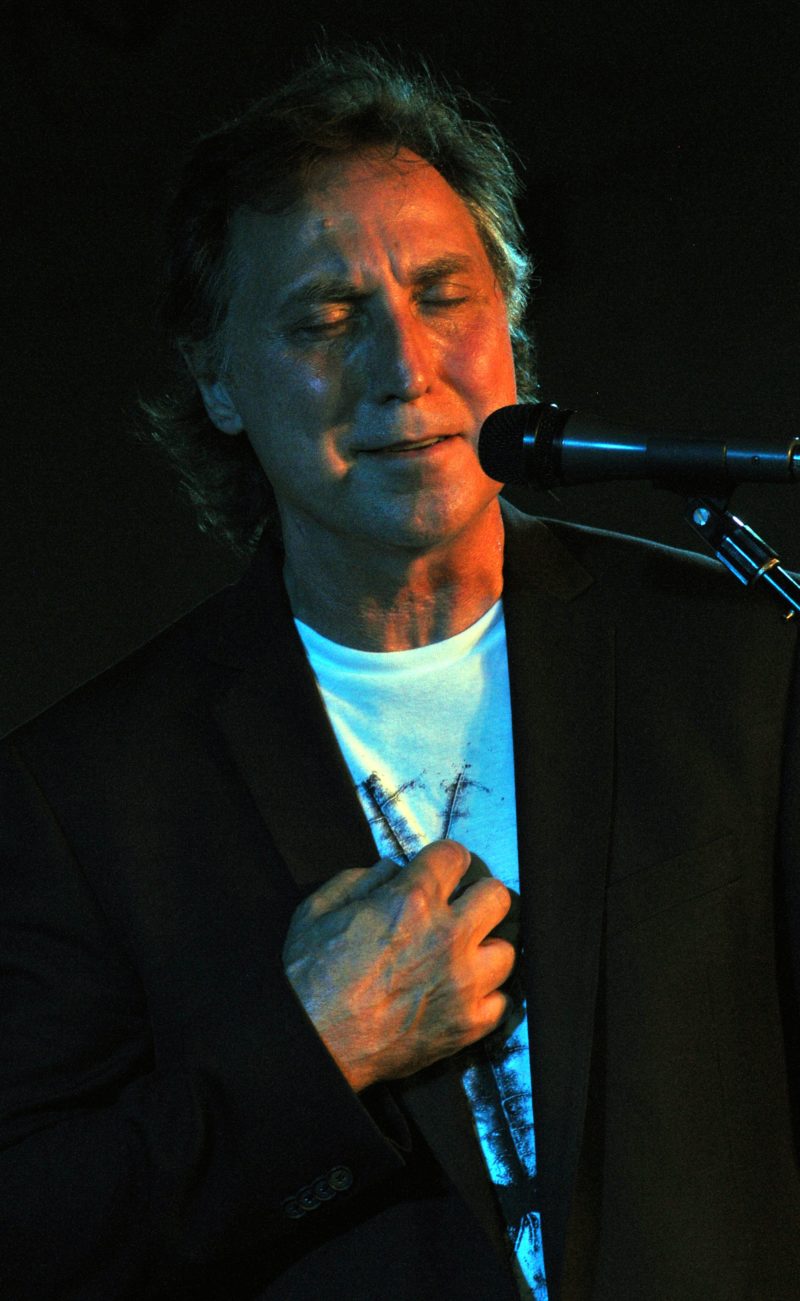
Courier-Post: Jazz has led to exciting career for Paul Jost
SALLY FRIEDMAN, For the Courier-Post
When he was a kid growing up in a home with his mother, grandmother and aunt, after his father left the family, Paul Jost found solace and comfort in music.
When the world looked bleak, he turned to his drums and guitar, and somehow, the clouds would lift. By 6, he was playing piano, and soon was on to drums. By age 12, he was playing professionally.
“Music was definitely always an emotional outlet for me,” said the Vineland man, who also is part philosopher/part poet. “I had issues about abandonment, but music, I knew, would stay with me forever.”
And it has — as ally, friend, outlet, creative force and joyful reward.
Today, Jost, a man who has crammed several lifetimes into one, is “reinventing himself,” some might say. He sees transitions as just a natural part of life’s ebb, flow and change, and now, he has added vocal music to his “must do” list.
For years, Jost, who got some of his formal training at the Berklee School of Music in Boston in the school’s earliest days, experimented with living in a bus as a young traveling musician. His blue eyes light up when he recalls those adventurous times.
He later served as musical director at the Golden Nugget in Atlantic City, served as music director for singer Morgana King, and has performed or recorded with icons like Billy Eckstein, Mark Murphy, George Mesterhazy, Ann Hampton Calloway and other luminaries.
Jost has established a strong reputation as a gifted drummer first and foremost, and also a critically acclaimed guitar player.
“When things are low for me, music is the great healer,” says Jost.
With various groups and often distinguished musicians as ensemble mates, the South Jersey man became a legend of his own in the jazz world.
His new direction as a vocalist has give him a new fanbase.
“In an era of male jazz vocalists jousting for position as Rat Pack wannabes and angst-ridden twenty-something posers, Jost is a sigh of relief,” wrote John Barron in “All About Jazz,” a publication for jazz aficionados.
“Breaking Through,” Jost’s breakthrough album, has put a new spin on classics like “Singin’ in the Rain, ” “I Got Rhythm,” “Days of Wine and Roses,” and other standards.
One jazz writer described Jost as “a creative force who deserves to be added to the list of great male jazz vocalists of all time.” Musical criticism doesn’t get much better than that.
Of the album itself, and all of his music, Jost explains his desire is to connect with listeners through music that is ” … a kind of balance between accessibility and risk.”
His underlying philosophy is as simple as this: “I think the one thing music teaches is that we’re all much more alike than different.”
The fact that jazz experts credit him with being an exceptional singer, instrumentalist and arranger has never gone to his head. “I’m truly humbled, but still always trying.”
Currently, Jost is focused on a May 29 appearance in Cape May as part of the Exit 0 Festival.
The Exit 0 Jazz Festival, organized by producer Michael Kline, involves a concert performance honoring the 40th anniversary of Bruce Springsteen’s epic “Born To Run.”
“I was so appreciative to be considered for reimagining Springsteen, and of course said yes,” Jost explains. “And then I turned immediately to two of my own most trusted sources, Tony Miceli and Barry Miles.”
Miceli and Miles, musical heroes to Jost, shared what he calls their “immeasurable talent,” and wrote three of the eight Springsteen arrangements based on the “Born to Run” album, Jost wrote three, and together, the trio wrote the remaining two.
The performing ensemble will include Jim Rindl on piano, John Swana on E.V.I. and trombone, Tony Miceli on vibraphone, Chico Huff on bass, and Anwar Marshall on drums.
Kline explains his choice of Jost to lead the project was obvious: “When we began to think of the Springsteen project, with its obvious connections to New Jersey, and how to best make clear the not-so-obvious connection of Springsteen to the jazz world, it took us about a second and a half until we thought of Paul Jost,” Kline says.
Jost embraces the Springsteen challenge. “I love the images Springsteen paints with his lyrics, and that really serves as the inspiration for our reinvention of the music. ”
Along with all his other gigs — he has performed recently in Korea and Germany — the Vineland native also is celebrated through the eponymous Jost Project, an acclaimed collective of respected jazz musicians who bring attention to jazz by reaching out to the generations that came of age with rock and roll, The Beatles and hard rock, but may lack connection with jazz.
“It’s a ‘language’ they don’t speak, but we feel that once exposed to it, this constituency will feel and understand the greatness of jazz,” says Jost. “I just can’t imagine life without it.”
If you go
Paul Jost will be performing at the Exit Zero Jazz Festival, Bob Simon Memorial Stage at Cape May’s Convention Hall, 8 p.m. May 29. The event includes numerous appearances by other musicians throughout the weekend. For complete festival information, visit www.exit0jazzfest.com





